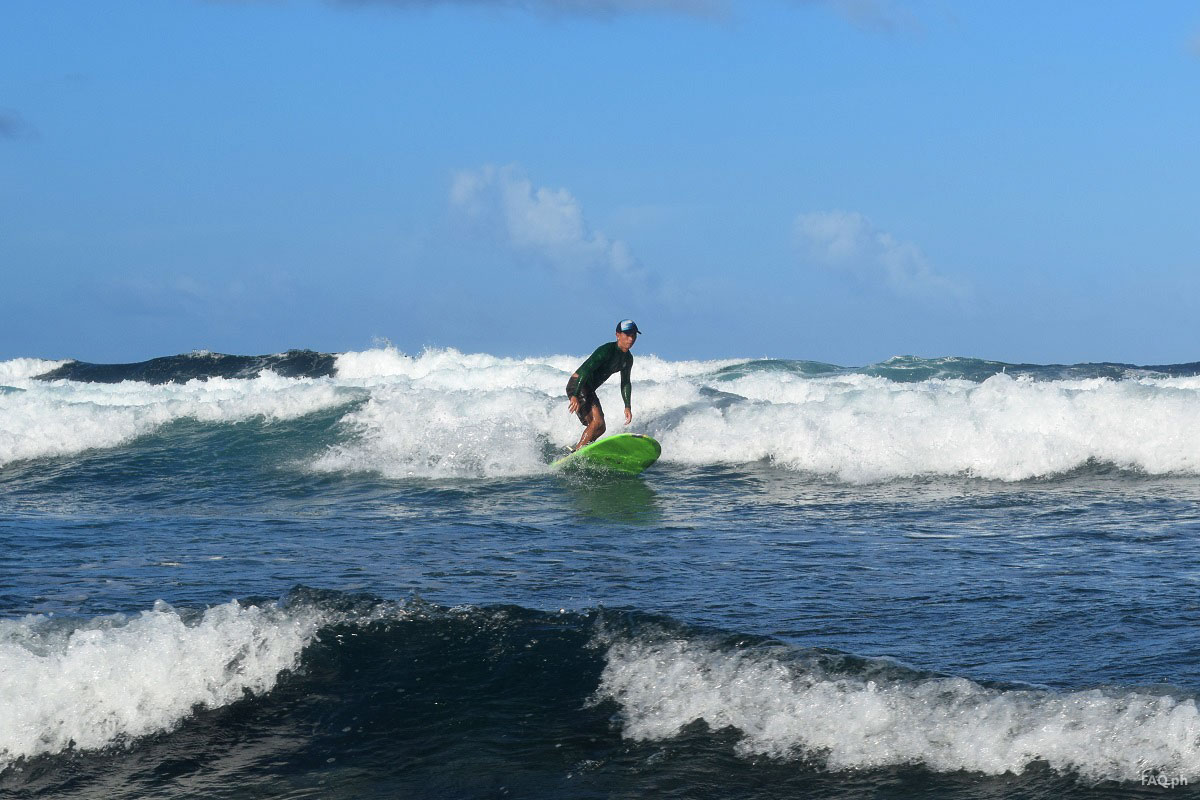
I’ve been to Guiuan, Eastern Samar several times, since my parents were born from its nearby towns. My father is from Mercedes and my mother is from Salcedo. I have also been to Sulangan Church or the San Antonio de Padua Church which is well-known in Eastern Visayas for its miracles and for granting the prayers of its pilgrims. However, I have never set my foot in Calicoan, an island between Sulangan and the town proper of Guiuan.
Calicoan Island is famous for its beaches, resorts, and surfing hubs. But after Super Typhoon Yolanda hit Visayas, I wasn’t already sure if the tourist attractions in the island are already back. So when my family decided to visit Eastern Samar on October 31, 2015, I did not hesitate to go with them. [Read more…]
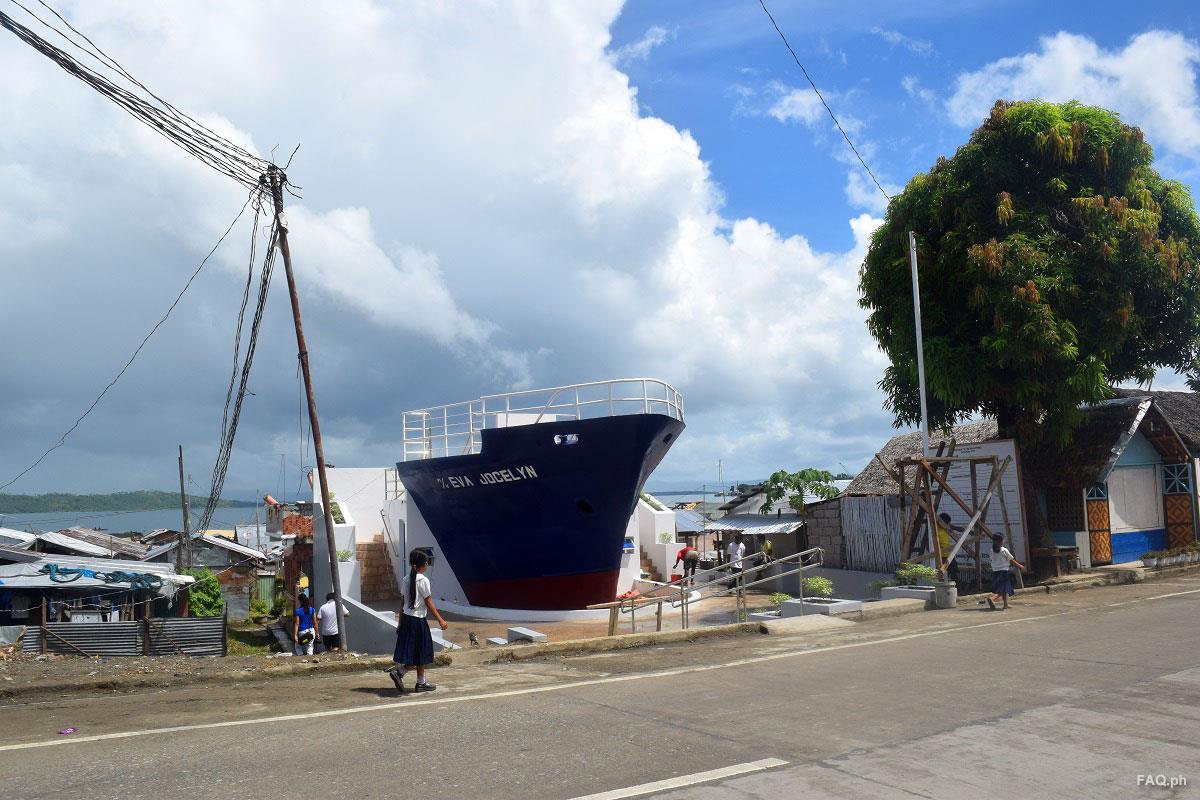
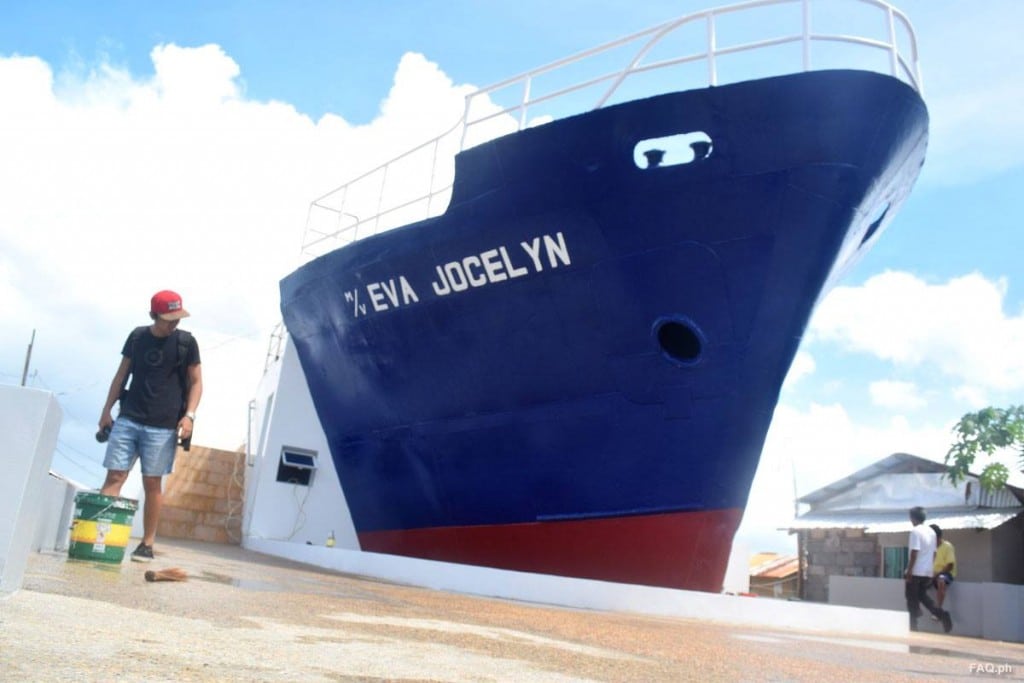

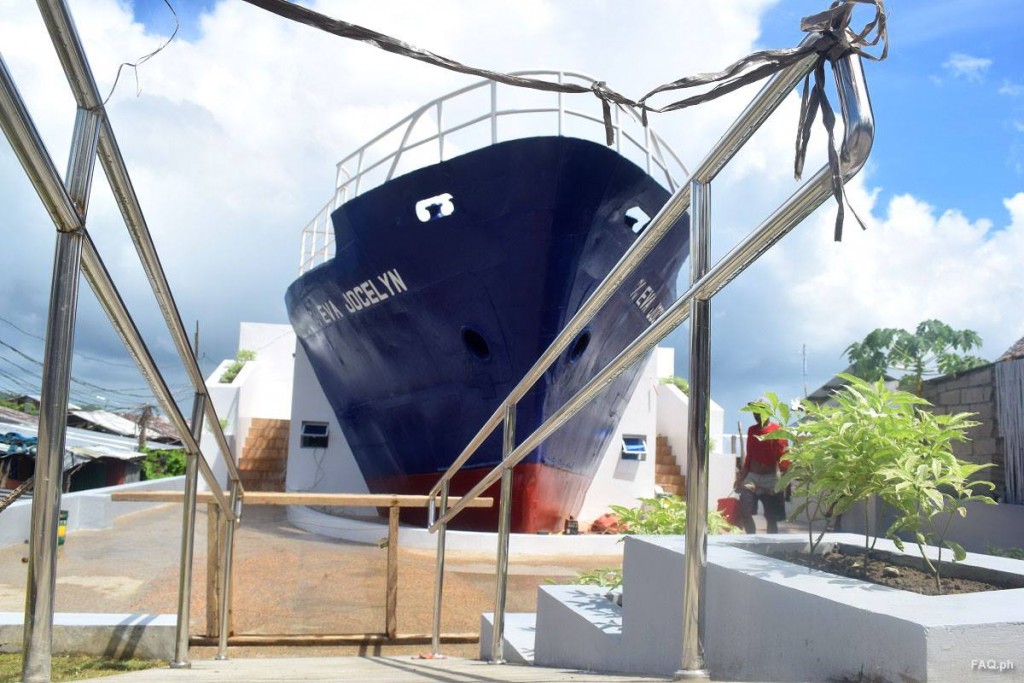
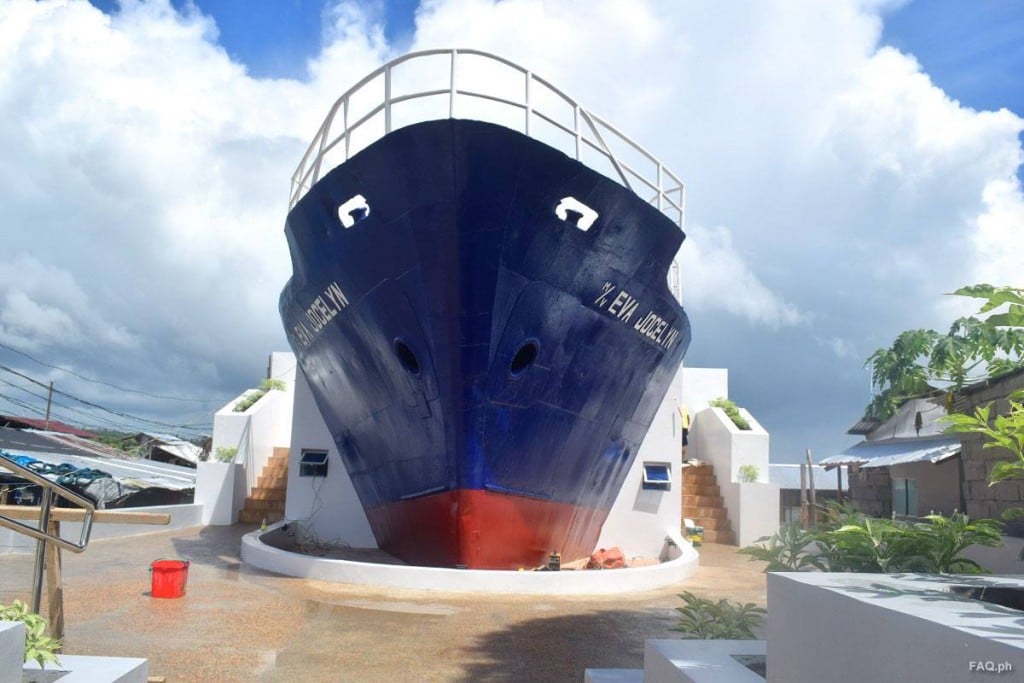
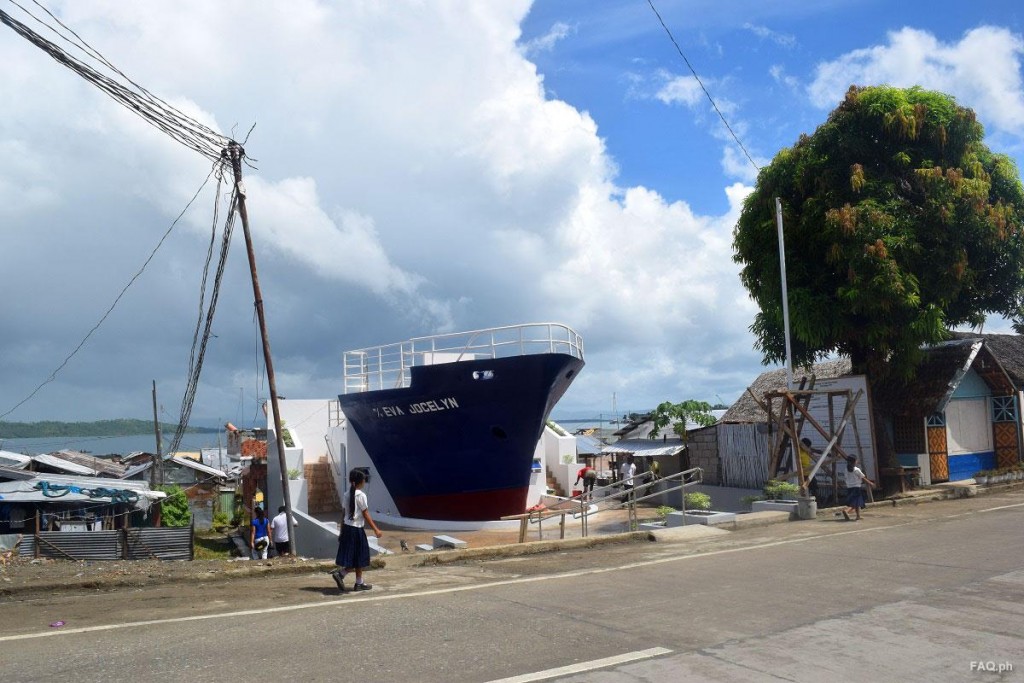
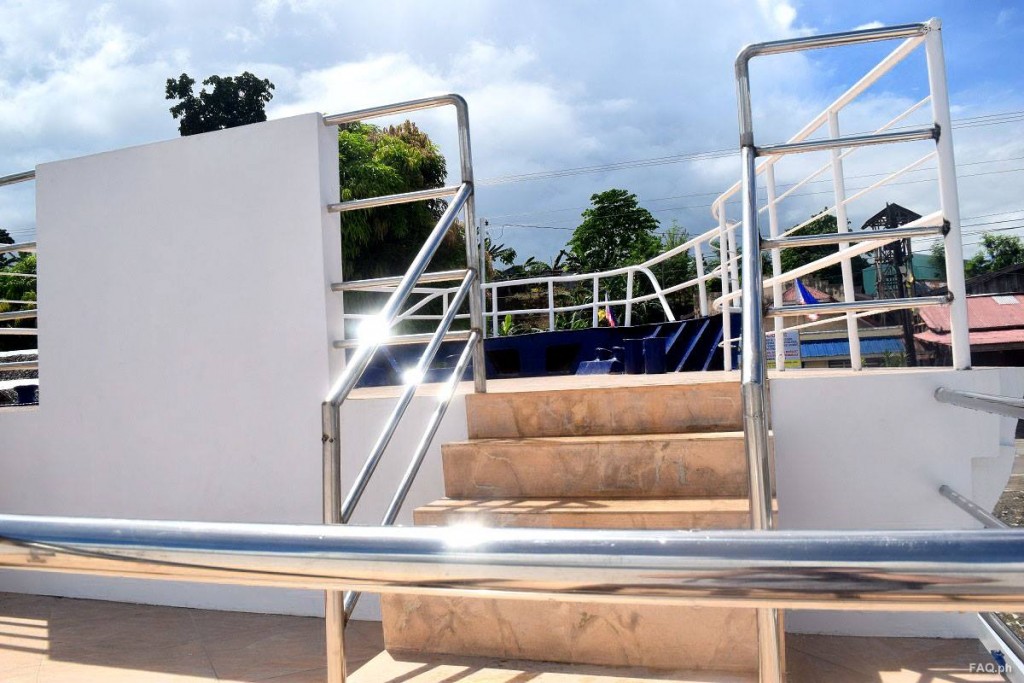
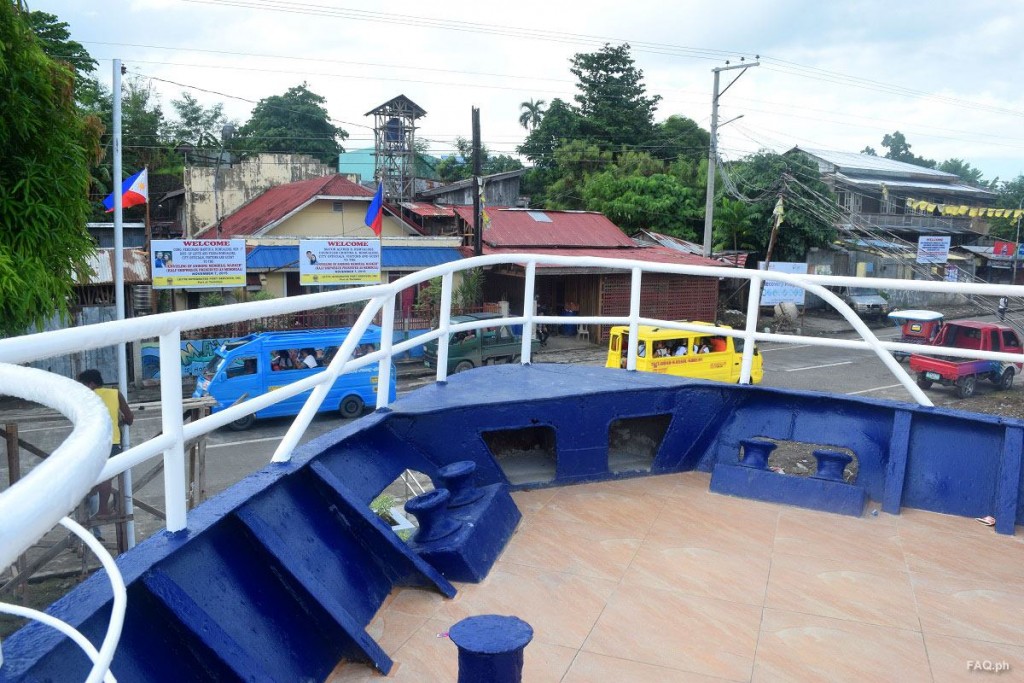
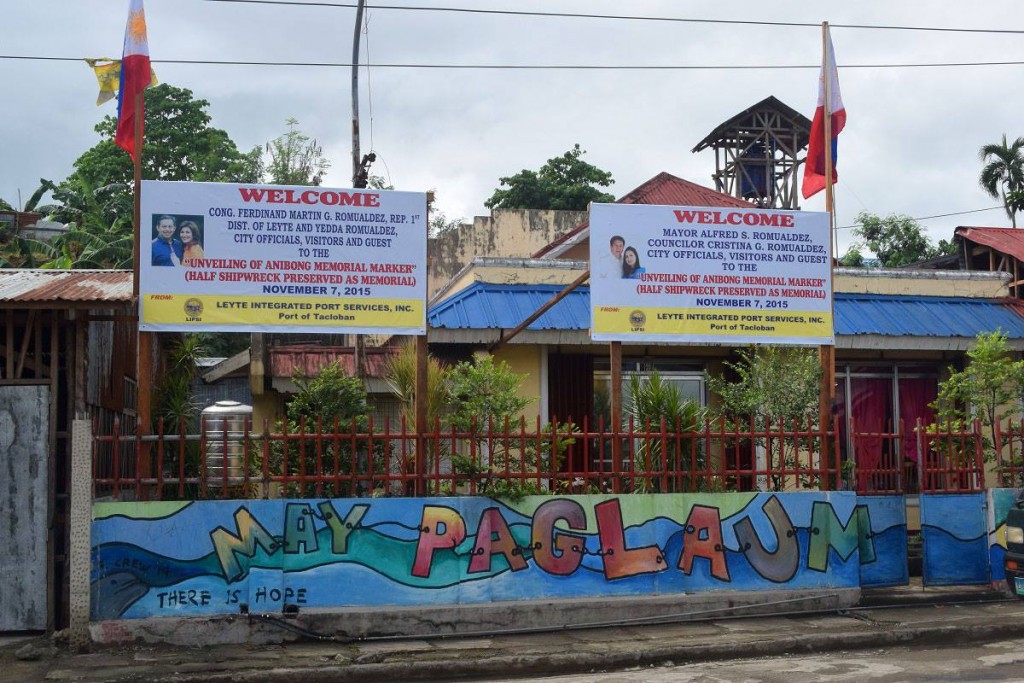


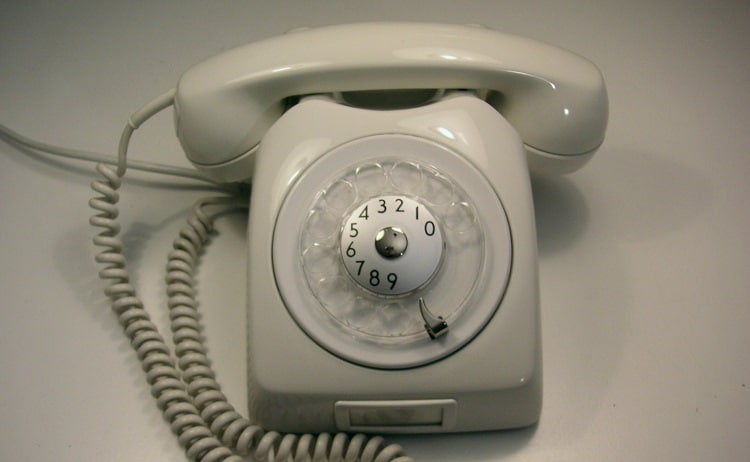
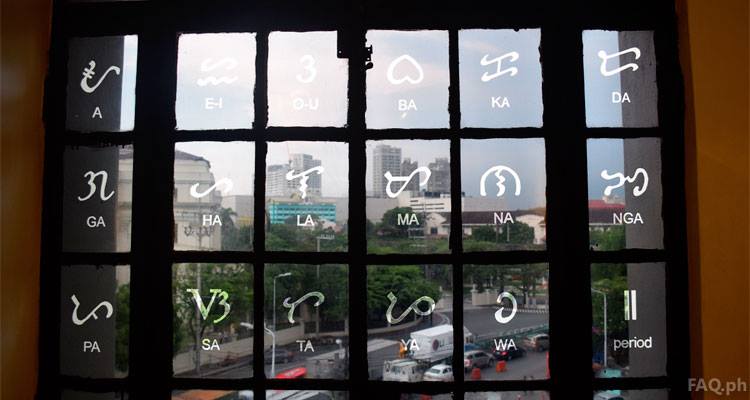
Latest comments